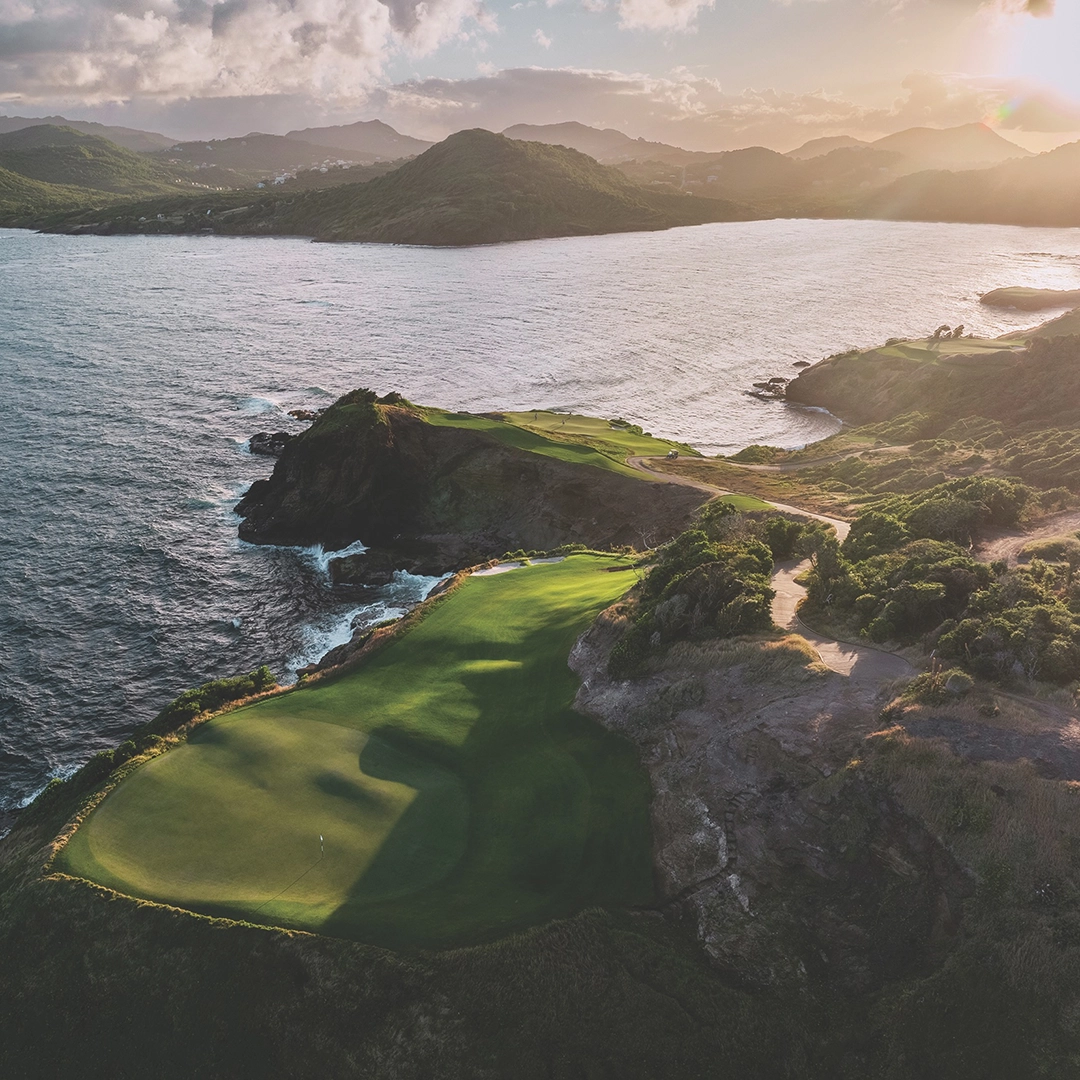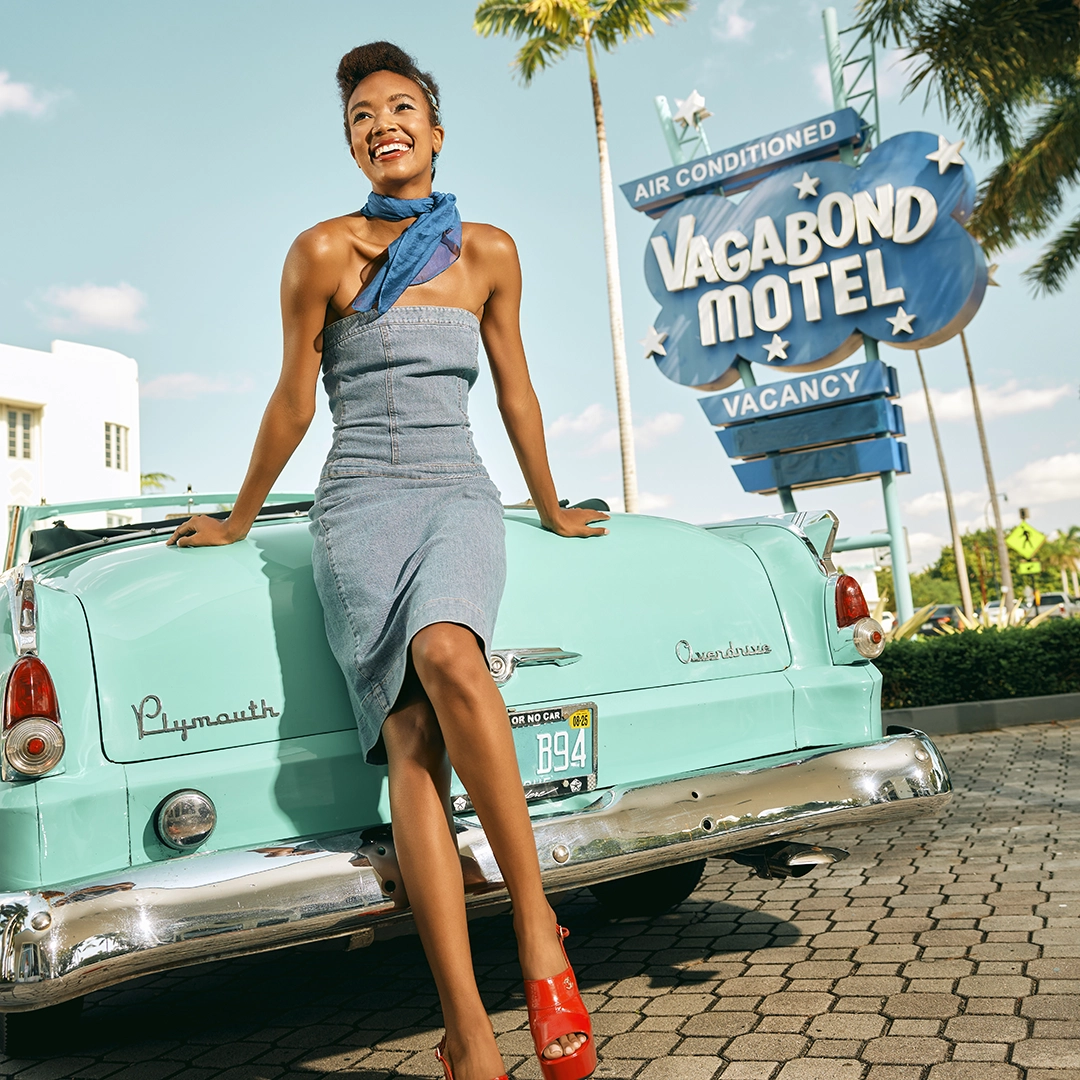by Nancy Klingener | June 1, 2017
Gabriel Gray: Saving Florida’s Rivers
Meet Gabriel Gray, an adventurer, outdoorsman, rescue worker, entrepreneur and philosopher—and all-around cool Sunshine Statesman.

Gabriel Gray is a Florida wild man, not in a Fontainebleau Miami Beach kind of way but in his unabashed passion for this state’s ecosystems and creating adventures designed to understand them better. Next to the black silicone wedding band on his left hand, four small tattoos align on the tops of his fingers—a fish hook, a compass, a sea turtle and an anchor, each symbolizing his commitment to enjoying and preserving wild life. Gray walks the walk or, rather, paddles it.

There are two sides to Gray. There’s the thrill-seeker, the part that led him to start riding rodeo as a kid and follow that passion into a career that took him from the Florida Panhandle out to Texas, Las Vegas and Montana.
And then there’s the side that seeks tranquility and solitude in nature. That’s what led him onto the Wacissa River, near his family’s farm on the Panhandle, as a child. Today, it’s the part that drives him to go on expeditions in the wilderness, sometimes solo, with only a paddleboard and his gear. No motors, no screens, no cell service. None of the cacophony of modern life.
Like what you read? Click here to subscribe.
That explorer part is what you hear when you talk to Gray. His speech is laconic; he sounds like the kind of guy you can picture hanging out by a campfire or surviving just fine back in the 19th century. He doesn’t quite live off-the-grid, but he hunts, fishes and even makes his own knives and hatchets. He and his wife, Natalie, just bought a farm in North Florida, and he is eager to start a family, have kids and raise them the way he was.

“I’m trying to get to where I don’t have to depend on going to the grocery store or anything like that,” he says. “If you eat meat or if you appreciate some stuff we have, you should go and see where that meat comes from. I figure if I’m going to eat that life, I should be the one to take it and clean it and know where that life comes from.”

Gray quit the rodeo circuit in 2006 and moved back east to Florida. But he still longed for that jolt of excitement he felt in the saddle.
“I wanted something that adds that adrenaline rush,” he says. “I figured running into burning buildings would do that.”
Gray, 37, took a job as a firefighter, which allowed him to devote his off hours to his lifelong passion for the outdoors. When he wasn’t fighting fires, he was surfing off Panama City Beach. One day, he got a look at a different kind of board.
“One of these guys I ran into came paddling up on this paddleboard and I was like, ‘What’s that?’” Gray says. “I got on it, and I never got off.”
In the last decade, Gray’s passion for stand-up paddleboarding has coincided with the sport’s rise in popularity. And he’s ridden that wave, while maintaining his firefighter status, as proprietor of Gray Outdoors and the founder of an environmental group, Fight to SOAR—which stands for Save Our American Rivers.
He quickly saw exploratory capabilities from the paddleboard. “It’s a good way to get into the skinny [extremely shallow] backwaters that you can’t get a boat into,” he says. Gray figured out how to load a paddleboard with fishing and camping gear and started working with a conservation group, doing logistics for their trips around the state, raising environmental awareness and bringing attention to Florida waters.

When that group disbanded, he formed Fight to SOAR. He uses his expeditions to rivers around the country to raise environmental awareness and to gain access to places a boat or a backpacker couldn’t reach.
He guides groups to remote locations entirely under their own power, which fires up the intense connection with nature that Gray values and shares.
“You get a platform there that you don’t get with anything else,” he says. “Motorized vessels, especially airboats, they’re obnoxious and loud.”
His ecotour business, Gray Outdoors, leads expeditions and holds workshops to show paddleboarders how to equip and arrange their own boards so they can be self-sufficient for a week or more.
Gray says the environmental message and the urge to spend time in the wilderness go hand in hand. Rivers, in particular, are the key to the health of the planet. He likens the world to a human body.
“Your body’s made up of 70 percent water. And the same goes with the world,” he says. “Our arteries and veins are the rivers and streams. And they leach out to the ocean. So anything that’s polluted in those arteries is going to run through the whole body.”

Jessica Cichra went with Gray on an expedition of the Apalachicola River. She lives in Orlando and owns Wave of Wellness, which offers paddling yoga retreats in Mexico.
“I learned a ton from Gabe—how to hack our gear so everything was secure on the boards and easy to get to,” she says. “He has a way of organizing food so when you’re on your board you can access things more easily. Or even when you’re exhausted from the end of the day.”
The practical knowledge she got from paddling and camping for a week on the river was great, Cichra says, but the experience of immersing herself in nature was what she really took away from the trip.
“It strips down all of the noise and brings clarity to the things that are important to you,” she says.
It was just Cichra, Gray and a photographer on the trip. She says that was fine—because it was Gray.
“I wanted to have some experience, do something of this caliber with somebody you can trust. Plus, Gabe is a really cool guy and somebody you feel you can be stuck on a river with for a week.”

“You have a long time to talk when you’re on the river for hours and hours a day,” she says. On the river, she saw Gray’s peaceful side—though she knows about his day job fighting fires and his past in rodeo.
“He’s just so calm and fun-loving,” Cichra says. “It’s hard to imagine him being in a sport that’s as aggressive as that.”
Gray has paddled western rivers—he fell in love with Montana when he was riding rodeo—but lately he has focused on Florida. This spring, he led an expedition for the National Oceanic and Atmospheric Administration (NOAA), seeking out endangered sawfish in the remote waters of Florida Bay. That’s the ragged southern edge of the Everglades, where the water is so shallow that even the skiffs of flats fishermen are known to run aground. Sawfish are among the unreal-looking creatures of the sea. It’s a kind of ray that gets its name from its long snout edged with teeth used to snag prey. They are critically endangered and like shallow coastal waters, so they are hard to find and study.
But, as Gray learned on a trip in the Ten Thousand Islands at the western edge of the Everglades, a paddleboard is the perfect tool to search for sawfish.

“The first day we were there, we were coming out of Shark River—I was sitting and waiting for my partner to come, and I looked down under my board, and I’ll be danged if a doggone sawfish didn’t come up under my board,” he says. He didn’t even know what it was at the time. Now, he’s working with scientists who will use his ability to find the sawfish in its hard-to-reach habitat to help save the species.
Gray values Florida’s shallow coastal edges, such as Florida Bay and the Ten Thousand Islands. (In the Ten Thousand Islands, he says, “you lose cell service, you lose everything. It’s like you’re in never-never land.” Most of us freak out when we lose our constant connection to the internet. For Gray, that’s a good thing.) But, he says, the state’s real underappreciated treasure is the freshwater rivers and springs that infuse the peninsula’s long, watery landscape.
The Panhandle is Gray’s first love, but he says he especially likes paddling the Kissimmee River in Central Florida. That’s the waterway that feeds Lake Okeechobee, the huge source of the Florida Everglades. In the 1960s, the Kissimmee was dredged into a deep, straight canal, which worked great for flood control but turned out to be a massive environmental mistake.

Over the last 18 years, the Army Corps of Engineers and the South Florida Water Management District have been putting the bends back in the river in an effort to recreate the wild, watery floodplain.
“When you’re paddling what I call the ditch, and you hit that restored section, it just comes alive,” Gray says. “Everything flourishes.”
The Kissimmee is material, living evidence of Florida’s capacity to learn from its mistakes and to bring back an appreciation for the robust aquatic wilderness that Florida once was and, Gray insists, still is. When he talked to a school group, the kids told him they don’t have anywhere uninhabited to go, as he did growing up on the Wacissa River.
“It kind of broke my heart to hear that,” he says. But, he told them, they still have options.
“I said, ‘There’s parks all around you. Even if you just go in your backyard and sit and listen, it’s amazing what you’ll see and hear.’”
Check out What’s Sup Fla? for 3 paddleboard outfitters in 3 different ecosystems.





